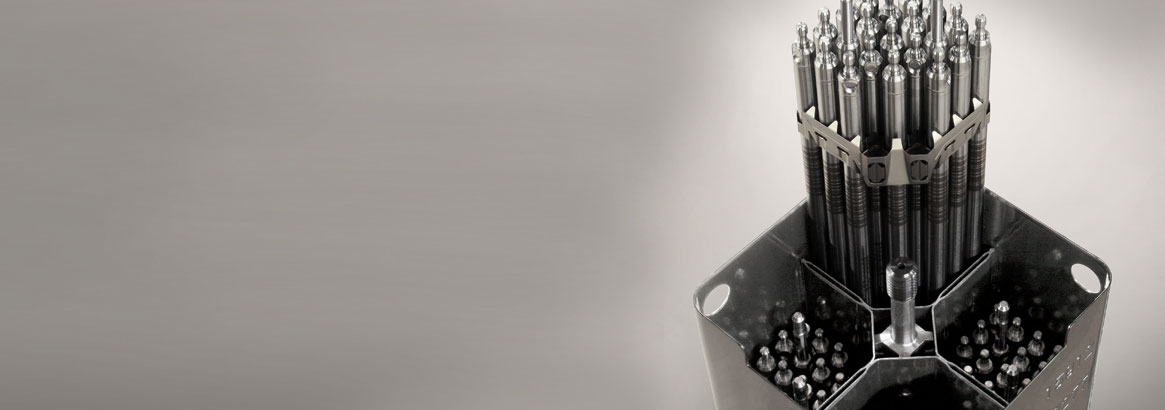SVEA-96 Optima3 is the answer to the top BWR industry reliability issues and will finally make flawless fuel a reality.
Through a combination of evolutionary changes incorporated into the SVEA-96 Optima3 design and enhancements provided through modifications to fuel channel materials and core loading and rod sequencing – Westinghouse is not only resolving debris fretting, but is also reducing the risk of potential safety-related disruptions such as channel bow and interference to control rod operation.
The SVEA-96 Optima3 design is a progression of the SVEA-96 Optima2 design and was developed in close cooperation with utility customers to meet new demands for performance and flexibility.
Features:
- Advanced spacer design that mitigates debris and further improves CPR performance
- Advanced Low Tin ZIRLOTM channel material that has a growth rate ½ of Zr-2 material
- New TripleWave+ debris filter which combined with new spacer ensures that debris small enough to pass the debris filter will also pass through the spacer grid
- Fully compatible with any BWR plant design
Flawless Performance
The SVEA-96 Optima3 provides defense-in-depth against debris fretting with a new smooth spacer grid and an upgraded filter called the TripleWave+. The design also mitigates channel distortion with the SVEA water-cross channel and Low-Tin ZIRLOTM material.
Debris Mitigation – Solving the Last Obstacle to Flawless Fuel
Westinghouse developed a synergistic system to virtually eliminate debris fretting with a new smooth spacer and an upgraded filter. The spacers effectively hold the fuel rods and must maintain contact. With most other BWR fuel designs, contact is maintained with a spring-like mechanism which provides a place for debris to catch and cause debris fretting failures. The Optima3 smooth spacer eliminates this risk by replacing the mechanism with flexible spacer cell walls that are contained within a frame for stiffness and channel support. The corners are rounded purposefully to guide debris away from the fuel rod cladding. If the debris is small enough to pass through the TripleWave+ filter, it also small enough to pass through the new spacer grid design.
Channel Distortion Mitigation – Protecting Against Fuel Performance Disruptions
To avoid fuel performance disruptions, Westinghouse introduced further protection against channel bow in the SVEA-96 Optima3 with the Low-Tin ZIRLO channel. The SVEA-96 Optima3 design retains the centrally located SVEA water-cross channel because the added stability it provides to the channel geometry significantly reduces channel bulge caused by internal overpressure. The design also allows for a thinner channel wall than other designs, which has been shown by both lab tests and in-reactor data to be significantly more flexible than traditional (nonwater-cross) channels – allowing more bow to be tolerated than traditional designs before there is any subsequent interference with control rod maneuvering. The Low Tin ZIRLO channel material has demonstrated 50% of the typical growth rate demonstrated by Zr-2 material. This material has been operated in the most demanding environments and shown very little to no channel bow.
Flawless Fuel and Superior Performance
The result of these changes is the evolutionary SVEA-96 Optima3 design, which builds on the already proven performance of Optima2 to further improve fuel reliability and virtually eliminate the BWR industry’s top reliability issues: debris fretting and channel distortion. Flawless BWR fuel can now become a reality.
For more information please contact Jeremy King at +1-803-647-3696 or email him at kingjs@westinghouse.com.



